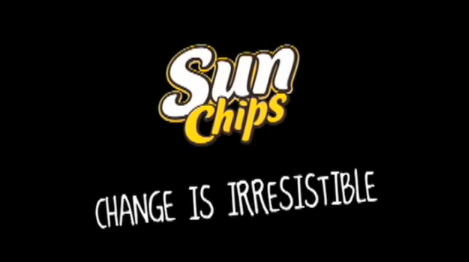Chips, Campaigns, and Natural Capitalism
Posted on December 21, 2010 | posted by:
In our final session of the Transdisciplinary Seminar, we completed our discussion of Natural Capitalism (Paul Hawken/Amory Lovins/L. Hunter Lovins), the landmark text which advocates a capitalism that goes beyond the traditional understanding of ‘more’ and ‘bigger’ always being better. Published in 1999, the book is full of many successful and sustainable strategies that have been executed when the interests of the environmental movement and corporate world align. In class, all of us were impressed with the numerous examples, but one major question arose: eleven years after this book, why does it still seem that corporations have done so little?
To be sure, it takes more than a decade to bring about lasting change in the environment, but what often seems to pass for environmentally-conscious strategy is little more than companies seeking to benefit from what Jamer called “the green glow.” This means that companies, in pursuit of attention and buzz, will pursue whatever will help them appear to “go green,” regardless of the impact their “solutions” will have. You may recognize some of these “glow”-seeking solutions in consumer goods packaging that is full of ‘white space’ to reflect cleanliness or fatty, processed foods in bags made of recycled paper.
Sun Chips (brand within Frito-Lay, division of parent company PepsiCo) generated lots of excitement with the introduction of fully compostable bags in 2009. The launch came complete with television spots that show a happy couple hiking at sunrise, enjoying Sun Chips, and leaving the bag behind to return to the earth, all in the name of “irresistible” change.
Despite the logical flaws in the commercial’s narrative — the bags will disintegrate only when composted properly (after 14 weeks), not when simply left in a field — Sun Chips successfully introduced the bags and in early 2010, Fast Company hailed Frito Lay as of one its 50 most innovative companies. This is the type of success and recognition that companies in the ‘green era’ hope for, but Sun Chips made one misstep that landed the whole effort in a ditch. What the bag lacked in environmental pollution, it made up for with extreme noise pollution. Individuals took to social media to complain about the bags, creating groups like “SORRY BUT I CAN’ T HEAR YOU OVER THIS SUN CHIPS BAG” (with over 54,000 like) and YouTube videos with a combined hundreds of thousands of views.
http://www.youtube.com/watch?v=to-VwYEdFGM
As mainstream media outlets are wont to do, they created news stories about the bags and the noise, further fueling the ‘controversy’ and eventually prompting Sun Chips to pull the bag from shelves.
On Sun Chips’ website, the company has a message about the compostable bag still being available on smaller 10 1/2 oz bags while “several new compostable package options [are] in the works,” which is a fine way to handle the media storm. Yet, it’s worth considering what damage the Sun Chips brand and the green movement at large may have suffered in the fallout. Despite their decent handling of the situation, no brand ever wants to manage public embarrassment, no matter how short-lived it may be. And this moment gave a new megaphone for the may existing skeptics of the green movement who question just how buying more chips reverses centuries of industrial habits and consequences.
In my opinion, this entire image crisis resulted from Sun Chips chasing the green glow – rushing to market with product that was either untested or made without regard to consumer experience. It also miscalculated consumer desires to support a product simply because it was marketed as being good for the environment. A better course of action would have been for Sun Chips to test the bag more thoroughly among a smaller sample size so that the company would have identified the noise problem much earlier in the process. Then, with a revamped bag, the company should have targeted specific eco-friendly organizations and companies who are already involved in composting and given them a year’s supply to use the product in their environmental efforts.
With hopefully positive results from the composting, Sun Chips could then approach the mass market with a fact-based campaign touting the benefits of composting alongside the typical benefits of enjoying Sun Chips. Admittedly, the expense for both soft and mass launches requires more time and energy, but it could have saved the Sun Chips brand from its brief tarnish and actually gone further to promote sustainability. And ultimately, it would have accomplished the primary “green glow” goal of making the company look like it cares about more than just money, even if it’s true.